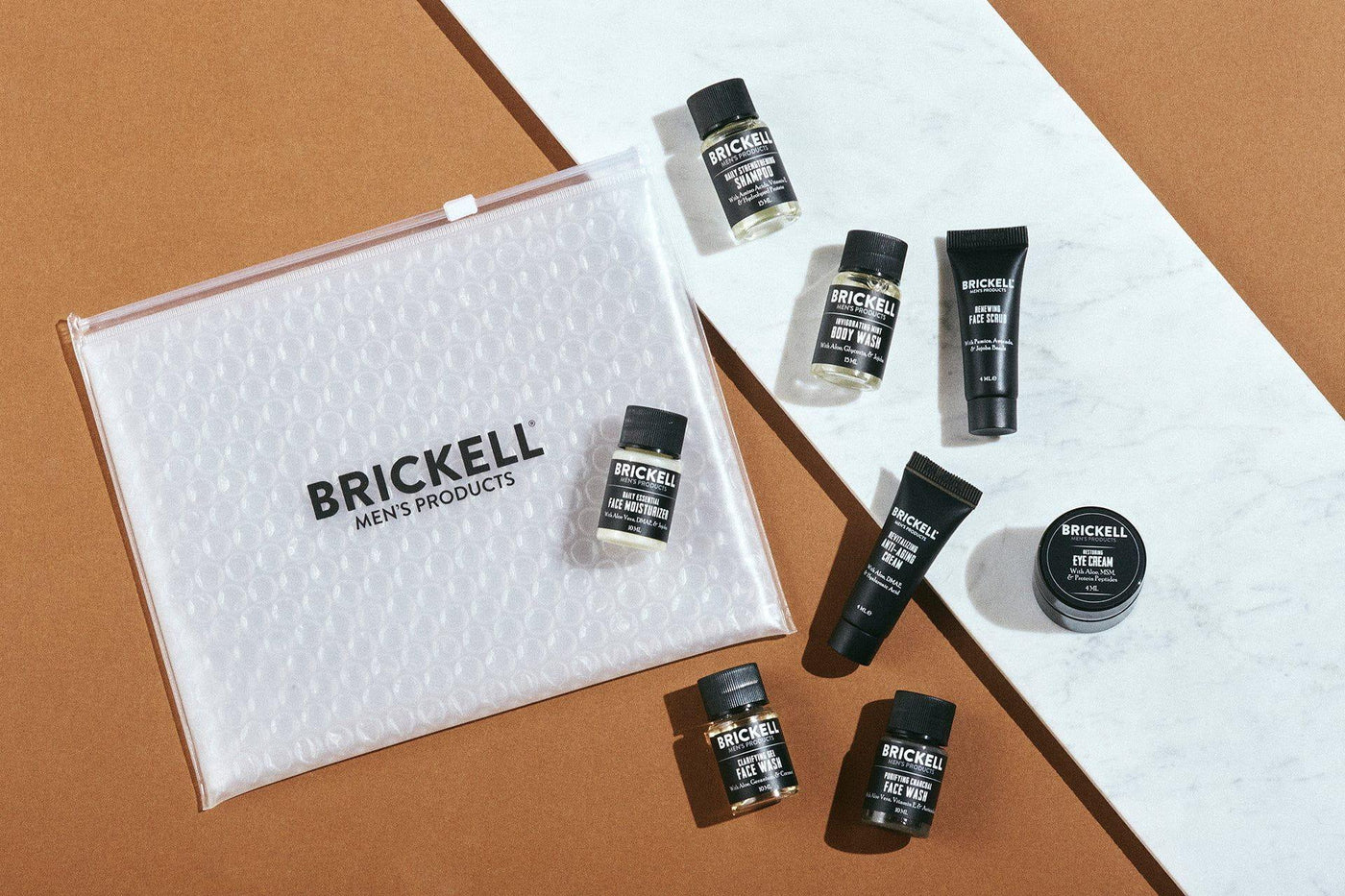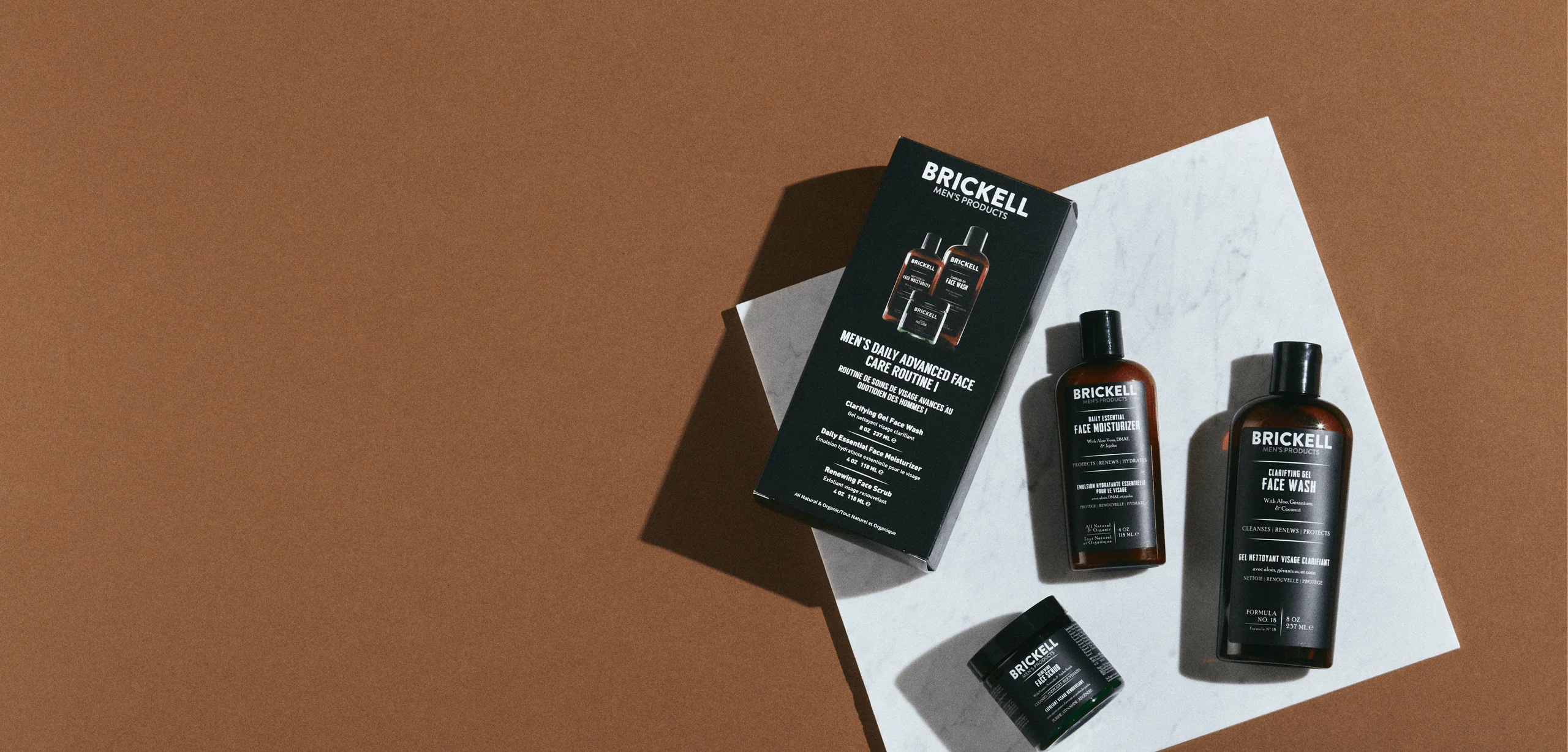The Grooming Manual
A Brief History of Sun Protection for Your Skin

Humans have known that the sun can cause skin damage for millennia. But they weren’t always sure what to do about it.
If you spend much time outdoors, your skincare plan should include sunscreen. And to appreciate it even more, here’s a brief history of how humans have tried to deal with sun damage over the years.
Ancient Times
The ancient Egyptians believed that pale skin was best. So they would dye their skin to make it look paler and stay out of the sun as much as possible. They also made an early attempt at sunscreen out of jasmine and rice. It turns out there is a substance in rice bran that offers limited protection from the sun’s UV rays, so they didn’t do too shabby.
Still in ancient times, the Greeks knew that sun damage was a thing. But they didn’t do a great job of protecting themselves. Athletes training for the Olympic games exercised outdoors naked, using olive oil to try to save themselves from sun damage.
In Europe during the Middle Ages, women tried to stay out of the sun as much as possible. But it wasn’t to slow the aging process - it was just to stay pale and make it look like they were rich and didn’t have to spend any time in the sun.
Modern Efforts
Sun exposure was first linked to cellular damage and cancer in the early 20th century. That's when the push to create a safe and effective sunscreen really started.
Milton Blake, an Australian, was the first to produce a sunblock starting in the 1920’s. It was designed to reflect the sun’s rays and thereby protect the skin - and made right in his own kitchen. But it wasn’t very effective.
Later, an Austrian scientist named Franz Greiter developed what he called Glacier Cream. This was designed to protect the skin on alpine hikes - but only had an SPF factor of about 2.
During World War II, Benjamin Green developed what is commonly considered the first effective sunblock for American soldiers fighting in the South Pacific. It was made from petroleum jelly and colored red, earning it the name Red Vet Pet. The only downside was that it turned users red. So the effects were great, but aesthetically it was lacking.
Benjamin Green eventually adjusted his Red Vet Pet formula into Coppertone. Fortunately, it wouldn’t turn people red anymore.
The Debate Over Using Sunscreen
In the long distant past, men and women did all they could to stay pale. It was considered the healthiest, most attractive look. But during the 20th century, this changed dramatically. Society began to believe that a tan glow was the sign of health. And this meant that some people didn’t want to use the effective sunscreens that had been recently invented.
During the 1960’s, this belief reached its height. People bought tanning lotions to make their skin more susceptible to the sun instead of sunscreens that would protect them from UV rays. The invention of the tanning bed was another damaging hit for skin health.
To help people better understand the effects of UV radiation on their skin, the Sun Protection Factor rating system, or SPF, was developed. Fran Greiter - the same guy who made Glacier Cream - helped introduce the SPF system in 1974.
Now researchers know that both UVA and UVB rays are damaging to your skin. Extended sun exposure speeds up the aging process and leads to wrinkles, fine lines, and pigmentation problems. If you’re going to spend more than 30 minutes outdoors, put on natural sunscreen for men. Your skin will thank you.
Caring for Your Skin
Regardless of your age, skin color, or skin type, you should use sunscreen to protect yourself from the sun’s damaging effects. Combine daily sunscreen application with the best skincare routine for men for the best results.

